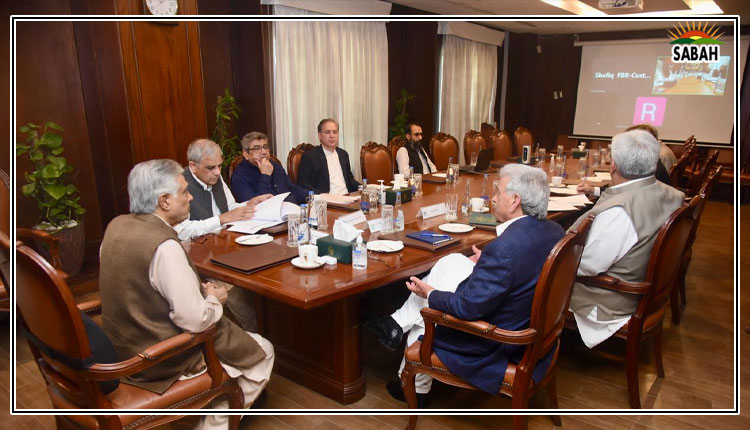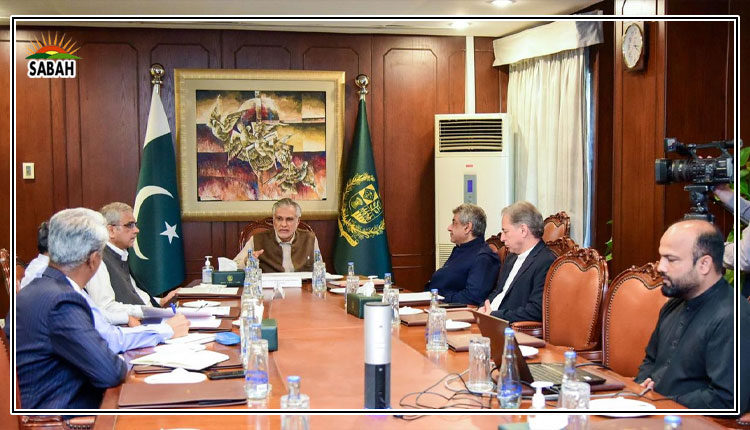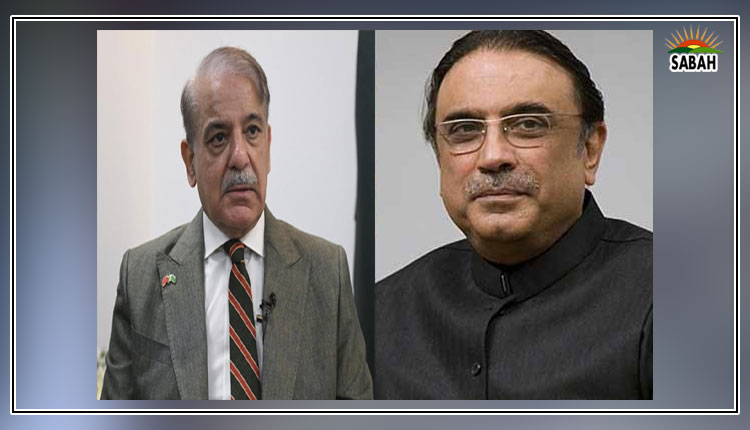COP28: a critical analysis: Part – I…Shafqat Kakakhel
Nearly all Pakistani comments on the outcome of COP28 have been overwhelmingly laudatory. This write-up aims to balance the assessment by pointing out the glaring equity deficit and lack of means of implementation which imperil the efficacy of the agreed measures.
Part 1 of this article describes the major COP28 takeaways concerning the Loss and Damage Fund and the content of the UAE Consensus on how the world will plug the gaps identified by the Global Stocktakes evaluation of the implementation of the Paris Agreement (2015). Decisions on adaptation and climate finance will be covered in Part 2.
The decision on the operationalization of the Loss and Damage Fund was adopted at the outset of COP28.The agreement became possible only after developing countries gave up their insistence on an independent outfit for running the Fund and the provision of funds by the rich countries from their public sources. The concessions were made at the unscheduled fifth meeting of the 24-member Transitional Committee mandated by COP27 to suggest operational arrangements for the Fund. The meeting was convened by the president-designate of COP28 from November 3-5 in order to break the stalemate caused mainly by the USs opposition to the Fund.
In the event, the world watched the unedifying spectacle of rich countries pledging small sums of money to cope with the huge losses and damage suffered by poor countries due to climate change impacts. By announcing the princely sum of $17.5 million, the US capped off its decades-long hostility to the persistent demand by poor countries for support to cope with a crisis they had not caused.
Contributions amounting to $792 million were announced. The imperative of equity would have led not only to pledges for substantial amounts of money to launch the Fund but also a solemn commitment by wealthy nations to periodically replenish its resources. Instead, developing countries had to accept a funding apparatus minus any predictable resources. The Climate Action Network and the Union of Concerned Scientists have severely criticized the lack of agreement on adequate resources for the Loss and Damage Fund.
Hopefully the new Fund will not be starved of resources like the other existing, impoverished special funds. During COP28, the Adaptation Fund was promised only $134 million; the pledges for the Least Developed Countries Fund were for $129 million. According to a new study, the 55 countries billed as most climate vulnerable have suffered losses of more than $500 million during the past two decades. The synthesis report of the Global Stocktake was stunningly candid: Efforts for climate change mitigation were insufficient; adaptation was inadequate; application of technology, for example, for renewable energy; there was lack of accountability for stakeholders holding greater responsibility; and global partnerships were inadequate.
The 21-page consensus document describing COP28s response to the Global Stocktake covered the whole scope of climate issues, sending critical signals for energy, transport and nature, and providing directions for the next round of Nationally Determined Contributions (NDCs) due in 2025. The call for transitioning away from fossil fuels has been seen as marking the beginning of the end of the fossil fuel era.
The UAE Consensus called on parties to contribute to transitioning away from fossil fuels in energy systems in a just and orderly manner ,accelerating action in this critical decade, so as to achieve net zero by 2050 in keeping with science. Notably, the consensus states that differing national circumstances must be taken into account which means that countries will contribute to the transition but in a manner in harmony with their national circumstances. One can almost hear the Indians arguing that their national circumstances include coal providing 73 per cent of their electricity supply.
Indias Centre for Science and Environment (CSE), an NGO, has described the reference to fossil fuels in the COP28 outcome as an important starting point, adding that the road ahead must be based on funding and fairness. CSE has called out the absence of differentiated time-lines for fossil fuel phase out, emphasizing that developed countries should take the lead and developing countries should get carbon space to grow. Moreover, the consensus did not promise immediate finance assistance to developing countries to facilitate transitioning away from fossil fuels. It weakens the principle of equity by imposing an equal mitigation obligation on all countries.
The mitigation measures in the consensus include: tripling renewable energy capacity globally and doubling the global average annual rate of energy efficiency by 2030; accelerating efforts towards the phase-down of unabated coal power; accelerating efforts globally towards net zero emission energy systems utilizing zero and low carbon fuels well before or by around mid- century; accelerating zero and low emission technologies, including renewables, nuclear, abatement and removal technologies, such as carbon capture and utilization and storage, particularly in hard-to-abate sectors, and low carbon hydrogen production; accelerating and reducing non- carbon dioxide emissions globally, including, in particular methane emissions by 2030; accelerating the reduction of emissions from road transport on a range of pathways , including development of infrastructure and rapid deployment of zero and low emission vehicles; phasing out inefficient fossil fuel subsidies as soon as possible; and reducing methane emissions by 2030.
The consensus does not address the financial implications of the implementation of the mammoth transition which will have to be done at COP29 next year. A significant loophole in the mitigation measures included in the consensus is its support for transitional fuels, a reference to natural gas, the third most-carbon-intensive method of producing electricity. The CSE has referred to the US ramping up liquidated natural gas (LNG) exports to record levels and the EU building new LNG terminals despite warnings from the International Energy Agency (IEA).
Climate scientists have also expressed concern over the endorsement of the so-called Carbon Capture and Storage (CCS) technology whose limitations have been highlighted by the IEA according to which CCS technology is likely to capture just [one] out of 15 gigatons of carbon emissions needed from the energy sector by 2030. The World Resources Institute (WRI) has advised: Natural gas and carbon capture technology must not be used as excuses to slow the clean energy transition.
To be continued…
Courtesy The News












